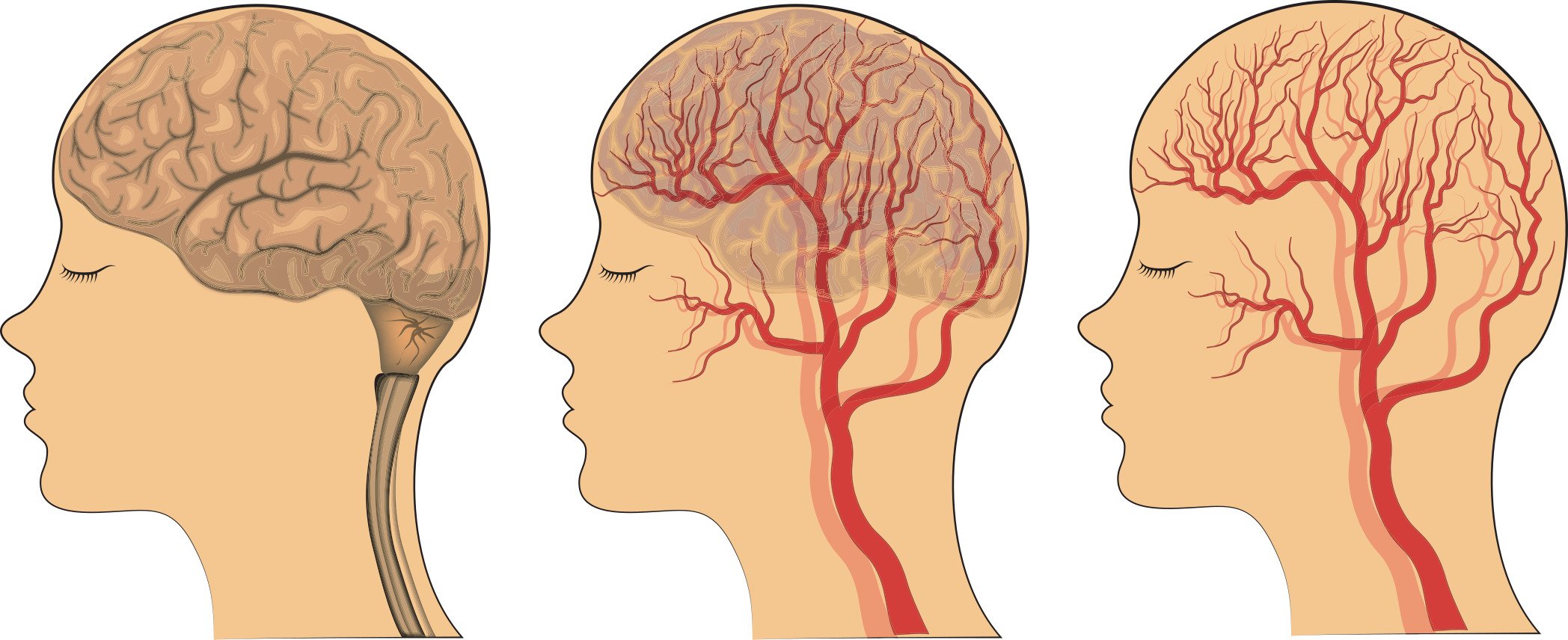
Risk and Prevention of VCI
There are a number of factors which are known to either increase your risk for developing VCI (risk factors), or decrease your risk (protective factors).
Many of these risk factors can be controlled, and you can take action to control or modify your risk for VCI. Many aspects of your overall health impact your brain’s vascular health and improving them can reduce your chances of developing VCI.
If you have a history of stroke, you are more likely to develop VCI. Other conditions which can increase your risk of VCI include: depression, diseases which affect your kidneys or arteries, diabetes, or heart conditions such as atrial fibrillation. Taking steps with your medical team to treat or manage these conditions will reduce your risk of VCI.
Managing other health concerns with your medical team can also reduce your chances of developing VCI. These include: high blood sugar, high blood pressure, high cholesterol, mental health and sleep.
There are steps you can take to reduce your risk of VCI on your own by focusing on protective factors.
Improving your levels of physical activity and fitness - going for walks or gardening are good examples of easier ways to increase physical activity.
Maintaining a healthy diet and a healthy weight.
Maintaining a socially active lifestyle - visiting friends or family, going to church if you attend, or volunteering are all examples of social activities.
Maintaining a cognitively active lifestyle - some examples of cognitive activities which can reduce your risk include: playing music, doing puzzles or crafts, or reading.
There are many examples of activities that combine ways of engaging your brain and body: for example, taking a class can be both a cognitive and a social activity.
